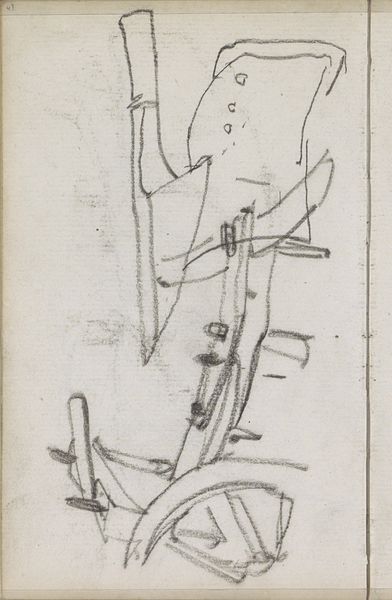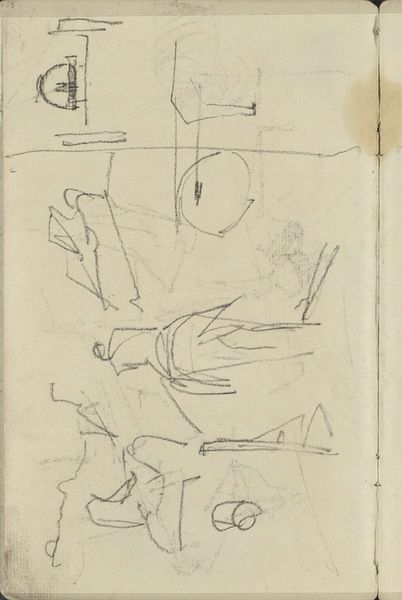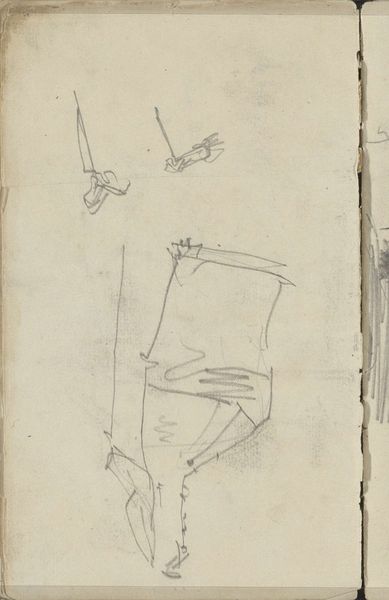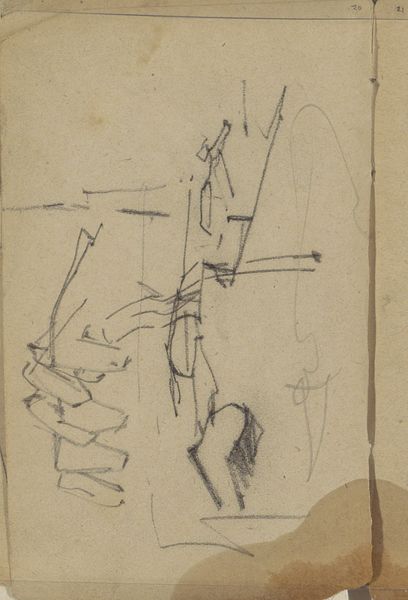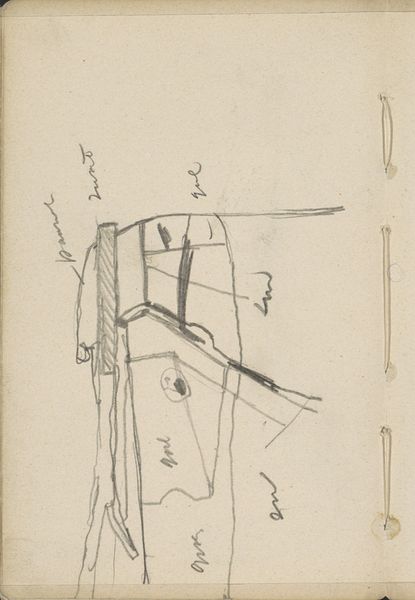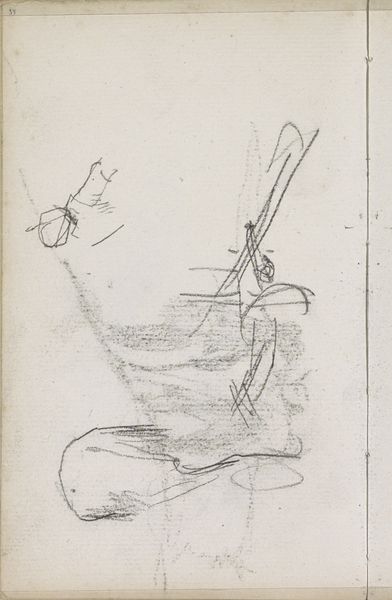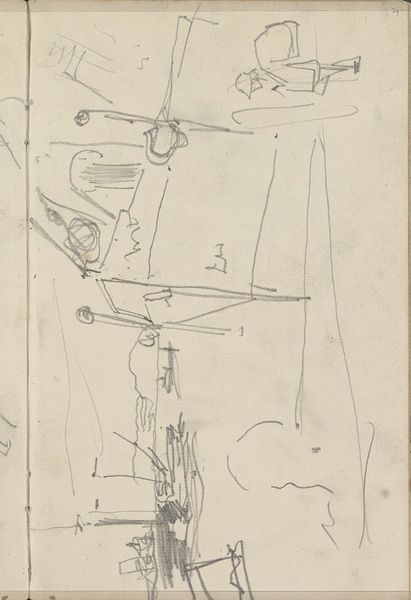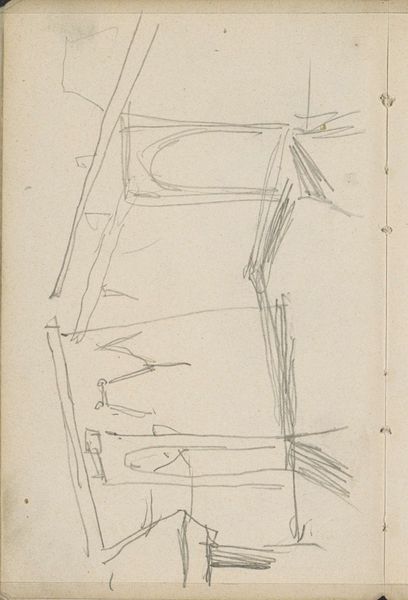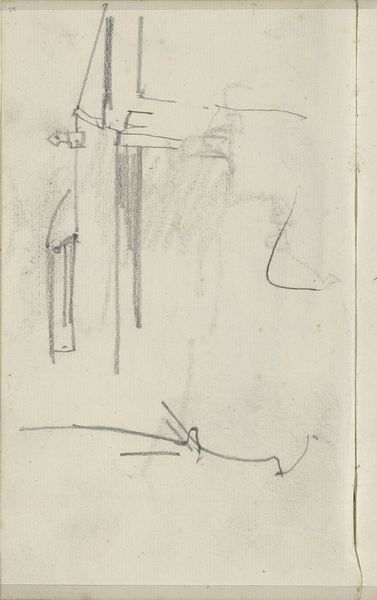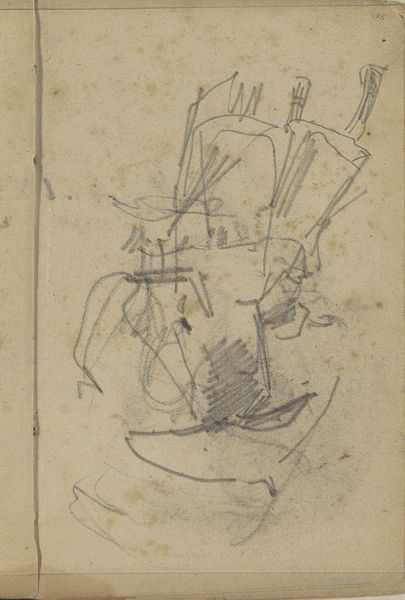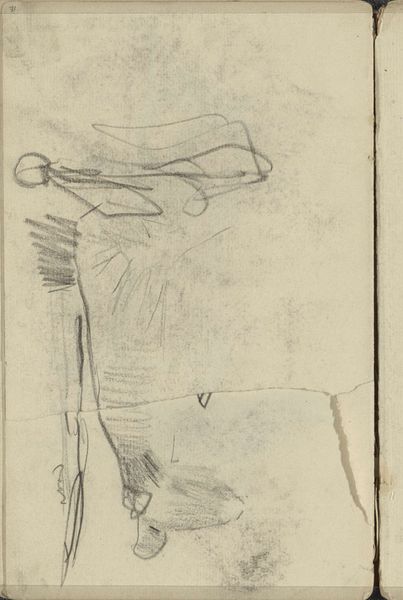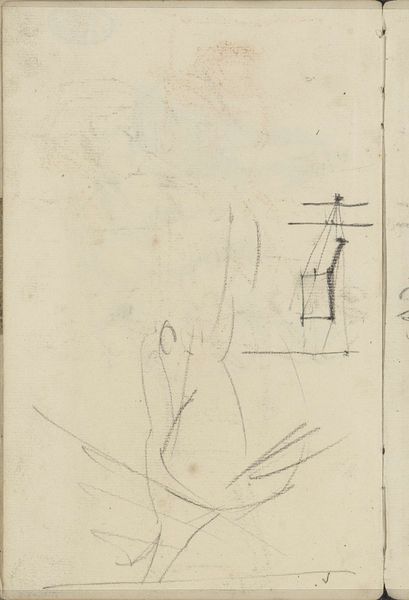
drawing, pencil
#
drawing
#
figuration
#
pencil
#
academic-art
#
realism
Copyright: Rijks Museum: Open Domain
Editor: This is "Figuurstudies," or Figure Studies, made between 1880 and 1882 by George Hendrik Breitner. It's a pencil drawing currently held at the Rijksmuseum. What strikes me is its rawness; you can really see the artist's process laid bare. What can you tell me about it? Curator: Well, considering this is a study, it reveals a lot about the labor involved in academic figure drawing in the late 19th century. Breitner's quick, almost frantic lines suggest a pressure to capture form efficiently. The pencil, as a readily available material, democratizes the artistic process, doesn’t it? It contrasts sharply with the presumed high art status of a finished painting. Editor: That's a great point. The choice of pencil definitely speaks to accessibility and the everyday practice of art-making. Is there a social aspect to the figure studies beyond mere artistic skill? Curator: Absolutely. Think about who these figures were, perhaps ordinary working-class individuals hired as models. Their bodies, their very presence, becomes a raw material for artistic production. How does this representation of the human form compare to idealized depictions of the wealthy? Where do you see the figure going through this art style? Editor: So, it shifts from glorifying elites to reflecting the lives and forms of everyday people. That’s interesting. I guess I had assumed figure studies were solely about honing artistic technique, not really seeing labor practices embedded within them. Curator: Precisely! This piece, so simple in its materiality, actually opens up larger questions around the making of art, the social hierarchies involved, and the value we place on different forms of representation. Editor: That’s made me think about the broader implications of realism in art. Thanks for opening my eyes to it!
Comments
No comments
Be the first to comment and join the conversation on the ultimate creative platform.
